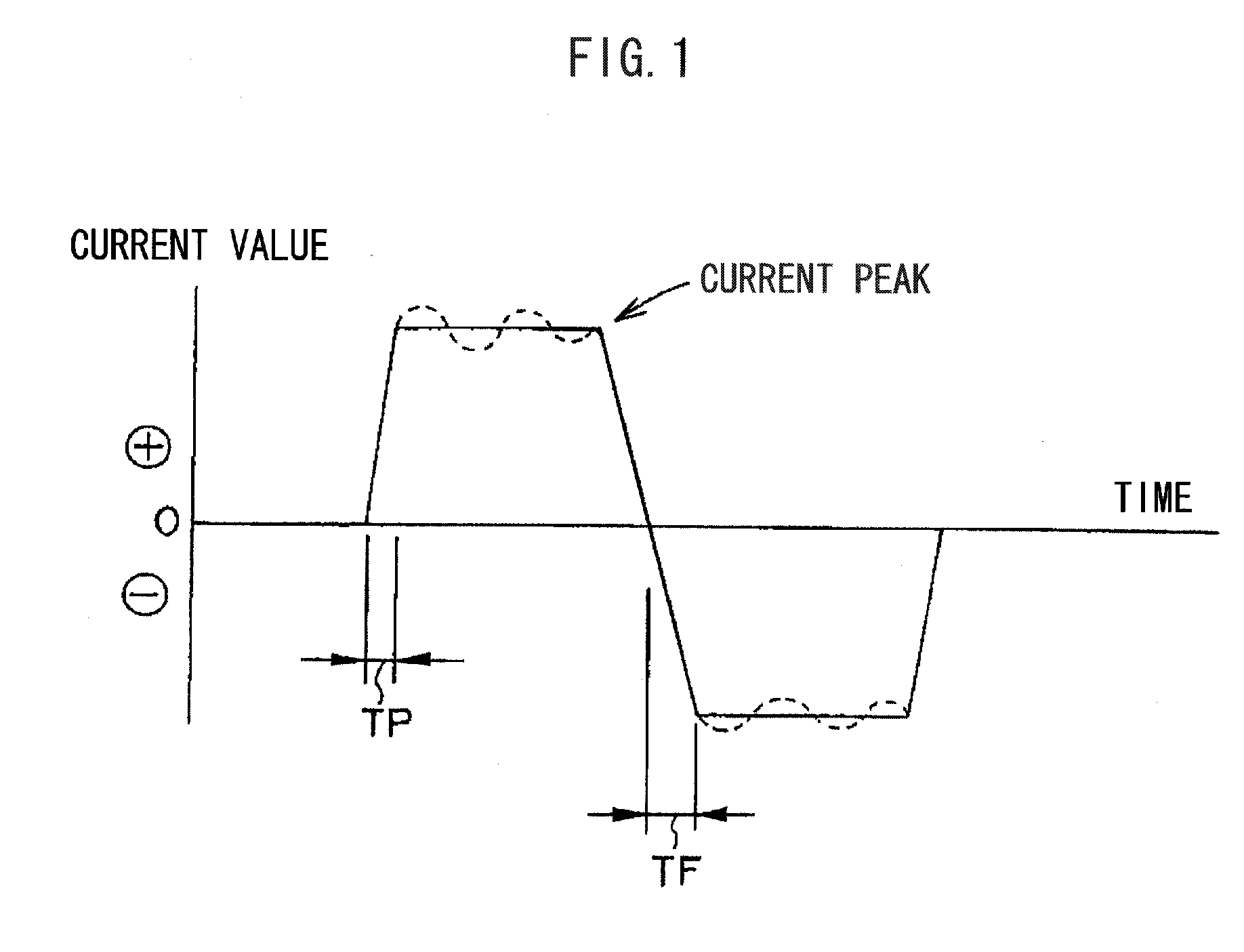Planographic printing plate precursor
a technology of printing plate and precursor, which is applied in the direction of lithography, photosensitive materials, instruments, etc., can solve the problems of ink-acceptability worsening, overdevelopment or underdevelopment, and deteriorating printing plate durability
- Summary
- Abstract
- Description
- Claims
- Application Information
AI Technical Summary
Benefits of technology
Problems solved by technology
Method used
Image
Examples
examples
[0292]The invention will be explained by way of examples, which, however, are not intended to limit the scope of the invention.
[0293][Preparation of Exemplified Monomers Used for Specific Polymers]
[0294]Exemplified Monomers (1), (2), (8), (9) and (13) used for forming the specific polymers according to the invention can be synthesized using the methods described in Hofmann et al., Markromoleculare Cheme, vol. 177, pp. 1791-1813 (1976), and persons skilled in the art can easily obtain similar monomers through selection of some different starting materials.
[0295]Exemplified Monomer (11) can be synthesized using a method similar to the method described in Kang and Bae, Journal of Controlled Release, vol. 80, pp. 145-155. Details of the synthesis method are as follows.
[0296]4-amino-N-(6-methoxy-3-pyridazinyl)-benzosulfonamide in an amount of 10 g (35.6 mmol) was dispersed and dissolved in 120 ml of acetonitrile, and thereto was added a solution prepared by dissolving 1.42 g (35.6 mmol) ...
PUM
 Login to View More
Login to View More Abstract
Description
Claims
Application Information
 Login to View More
Login to View More - R&D
- Intellectual Property
- Life Sciences
- Materials
- Tech Scout
- Unparalleled Data Quality
- Higher Quality Content
- 60% Fewer Hallucinations
Browse by: Latest US Patents, China's latest patents, Technical Efficacy Thesaurus, Application Domain, Technology Topic, Popular Technical Reports.
© 2025 PatSnap. All rights reserved.Legal|Privacy policy|Modern Slavery Act Transparency Statement|Sitemap|About US| Contact US: help@patsnap.com



